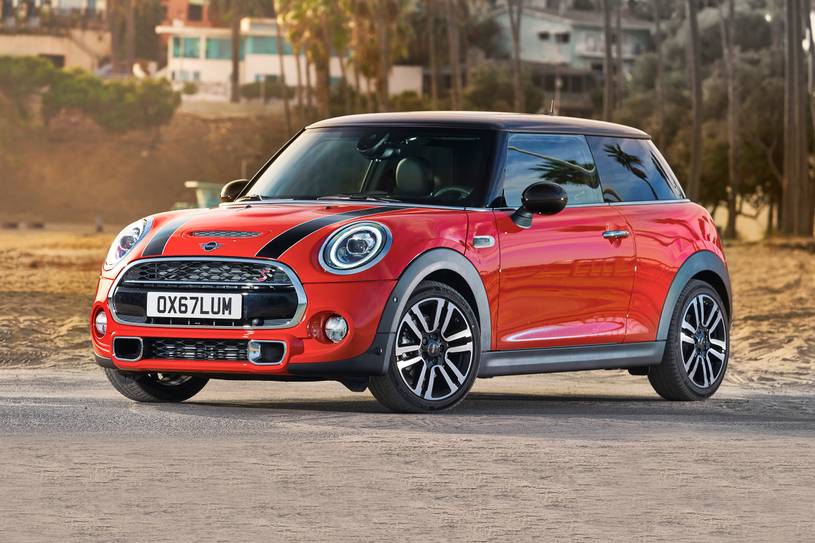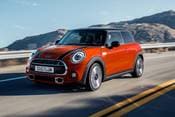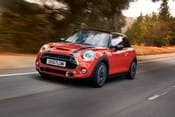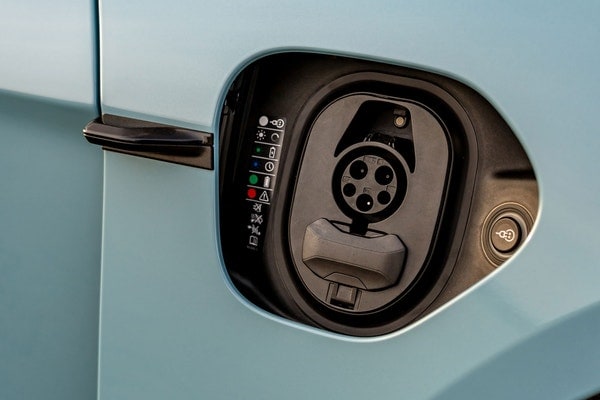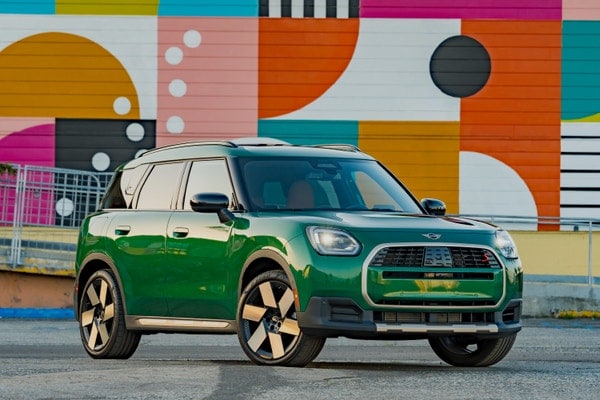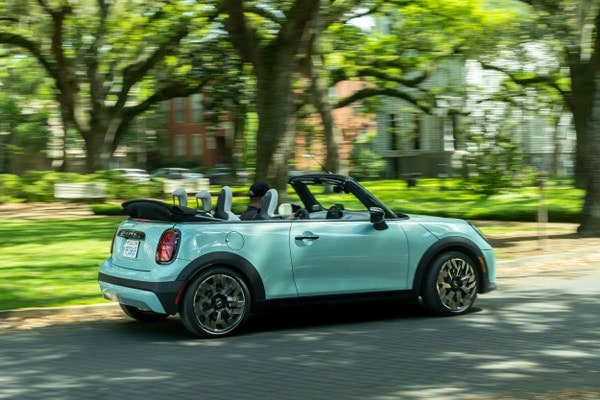What is it?
Mini enters the electric-car fray with the new battery-powered 2020 Mini Cooper SE. It's an EV that bets more on style and affordability than on outright range or power.
The new Mini's single electric motor puts out 181 horsepower and 199 lb-ft of torque. That's more than the Cooper's base gas engine but less than some notable all-electric competitors.
We don't have EPA range estimates yet. But on the European cycle, the Cooper SE manages between 146 and 168 miles on a charge. EPA range estimates are often stricter than the European standard, so those numbers could fall a bit. It seems likely the Cooper SE will come close to its corporate cousin, the BMW i3 (which now has 153 miles of maximum all-electric range). In comparison, most competitors in the $30,000 range offer more than 200 miles of driving in a charge. The Chevrolet Bolt leads the pack for the moment with 259 miles of range. Still, with an MSRP starting just under $30,000, the Mini matches its closest price competitor, the base, 150-mile Leaf.
The Cooper SE is capable of DC fast charging at up to 50 kW, enabling an 80% charge in 35 minutes. That's an impressive figure, but remember that the Mini offers less overall range than most competitors.
The 2020 Mini Cooper SE will also come standard with navigation, partially as a way to combat range anxiety. The nav system can be set up to display a range circle, so you can easily see how far your current charge will take you. Mini says the nav system will also be able to suggest a "green" route that minimizes energy consumption. Standard app connectivity will let you monitor your vehicle's range and charging status from your smartphone.
A handful of small design tweaks distinguish the Cooper SE, but for the most part it just looks like a Mini Cooper. The asymmetrical wheels are the most obvious visual change, and honestly they look pretty good. They've got a bit of a retro-futurist vibe to go with Mini's overall retro appeal. Otherwise, the main difference is that the SE sits 0.7 inch higher to make room for its battery pack.
The interior receives a few changes as well, but only in terms of adding unique displays tailored to the needs of an EV. Otherwise, the cabin is pure Mini Cooper, including the cargo space, which remains unchanged.
Mini claims an unladen weight of 3,009 pounds — 319 pounds heavier than a gas-powered Mini — which is quite light for an EV. The Nissan Leaf weighed in at 3,548 pounds on our scales. The lighter weight, combined with the multilink rear suspension, will hopefully let the Mini keep its fun-to-drive character. Certain EV fans will also be happy to know that Mini says the Cooper SE will be capable of single-pedal driving thanks to adjustable regenerative braking.
